[kl-bogel] Photos of the planet Venus (14 photos)
Venus is the second distance from the sun planet in the solar system.
Venus - the inner planet, and in Earth's sky is not deleted from the sun beyond 48 °.
Venus - the third brightest object in the sky and its brightness in the sky is second only to shine the sun and moon.
Venus is one of the planets known to mankind since ancient times.

In size plaeneta Venus is quite close to Earth. The planet radius is 6051.8 km (95% of the earth), the mass of Venus - 4.87? 1024kg (81.5% of the earth), the mean density of Venus, 5.24 g / cm. Acceleration of gravity on the planet Venus is equal to 8.87 m / d, the escape velocity for a little less than Earth's Venus - 10.4 km / sec.
Venus' atmosphere consists of carbon dioxide (96%) and nitrogen (about 4%). Water vapor and oxygen contained in it in miniscule amounts (0.02% and 0.1%). Pressure at the surface reaches 93 planetv bar (not the land of 1 atm) and temperature at the surface much more than 450 degrees Fahrenheit!
The reason for such high temperature on Venus is the greenhouse effect produced by a dense carbon dioxide atmosphere. The density of the atmosphere of Venus is just 70 times the density of Earth's atmosphere. Interestingly, despite the slow rotation of the planet, the temperature difference between day and night side of the planet is not observed unnecessarily large thermal inertia of the atmosphere itself.
Cloud cover is located at 30 - 60 km and consists of several layers. Their chemical composition has not been established. It is assumed that they may attend droplets of concentrated sulfuric acid, sulfur and chlorine.
Venus is easy to recognize because the brightness is much greater than the brightest stars. Venus is the hallmark of her smooth white. Venus, like Mercury, is not relegated to the sky at a great distance from the Sun. In moments of elongation Venus can get away from our star to a maximum of 48 °. Like Mercury, Venus is the morning and evening periods of visibility: in ancient times believed that Venus is a morning and evening - different stars. Venus - the third brightest object in the sky. In periods of visibility of its shine at the peak around m = -4,4.
In a telescope, even a little, you can easily see and observe changes in the visible phase of the planet's disk. They first observed in 1610, Galileo. The atmosphere on Venus opened Lomonosov June 6, 1761 (New Style).
--
You received this message because you are subscribed to the Google Groups "kl-bogel" group.
To post to this group, send email to kl-bogel@googlegroups.com
To subscribe or unsubscribe at http://groups.google.com.my/group/kl-bogel/subscribe
For more options, visit this group at http://groups.google.com/group/kl-bogel?hl=en
Sebarang email pertanyaan, hantar kepada abangmod@gmail.com
Venus - the inner planet, and in Earth's sky is not deleted from the sun beyond 48 °.
Venus - the third brightest object in the sky and its brightness in the sky is second only to shine the sun and moon.
Venus is one of the planets known to mankind since ancient times.

In size plaeneta Venus is quite close to Earth. The planet radius is 6051.8 km (95% of the earth), the mass of Venus - 4.87? 1024kg (81.5% of the earth), the mean density of Venus, 5.24 g / cm. Acceleration of gravity on the planet Venus is equal to 8.87 m / d, the escape velocity for a little less than Earth's Venus - 10.4 km / sec.
Venus' atmosphere consists of carbon dioxide (96%) and nitrogen (about 4%). Water vapor and oxygen contained in it in miniscule amounts (0.02% and 0.1%). Pressure at the surface reaches 93 planetv bar (not the land of 1 atm) and temperature at the surface much more than 450 degrees Fahrenheit!
The reason for such high temperature on Venus is the greenhouse effect produced by a dense carbon dioxide atmosphere. The density of the atmosphere of Venus is just 70 times the density of Earth's atmosphere. Interestingly, despite the slow rotation of the planet, the temperature difference between day and night side of the planet is not observed unnecessarily large thermal inertia of the atmosphere itself.
Cloud cover is located at 30 - 60 km and consists of several layers. Their chemical composition has not been established. It is assumed that they may attend droplets of concentrated sulfuric acid, sulfur and chlorine.
Venus is easy to recognize because the brightness is much greater than the brightest stars. Venus is the hallmark of her smooth white. Venus, like Mercury, is not relegated to the sky at a great distance from the Sun. In moments of elongation Venus can get away from our star to a maximum of 48 °. Like Mercury, Venus is the morning and evening periods of visibility: in ancient times believed that Venus is a morning and evening - different stars. Venus - the third brightest object in the sky. In periods of visibility of its shine at the peak around m = -4,4.
In a telescope, even a little, you can easily see and observe changes in the visible phase of the planet's disk. They first observed in 1610, Galileo. The atmosphere on Venus opened Lomonosov June 6, 1761 (New Style).
--
You received this message because you are subscribed to the Google Groups "kl-bogel" group.
To post to this group, send email to kl-bogel@googlegroups.com
To subscribe or unsubscribe at http://groups.google.com.my/group/kl-bogel/subscribe
For more options, visit this group at http://groups.google.com/group/kl-bogel?hl=en
Sebarang email pertanyaan, hantar kepada abangmod@gmail.com
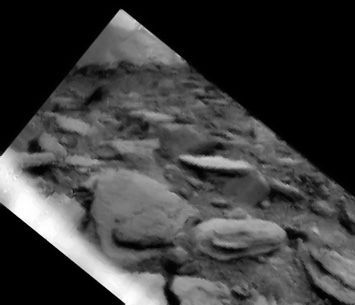


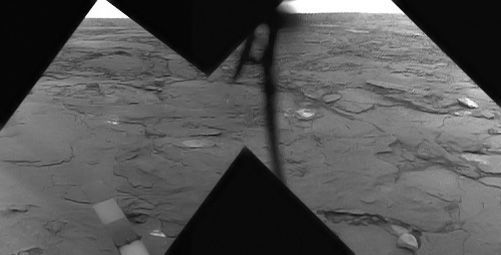


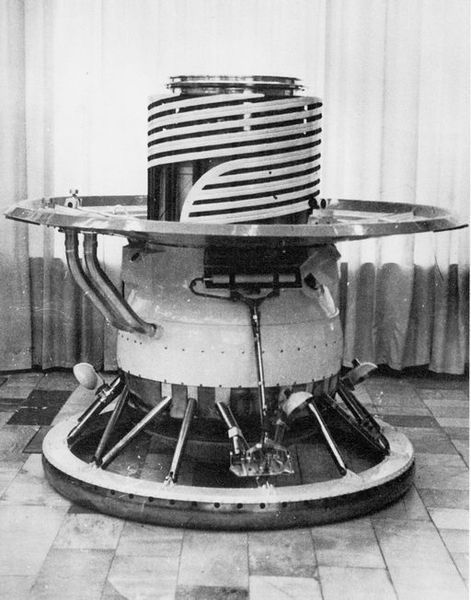
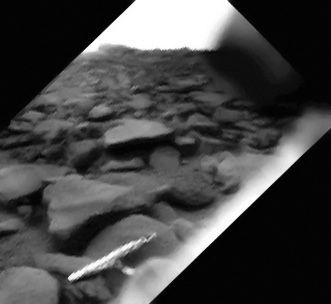
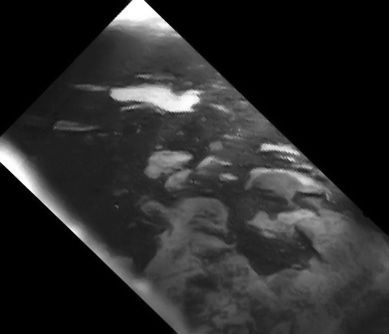


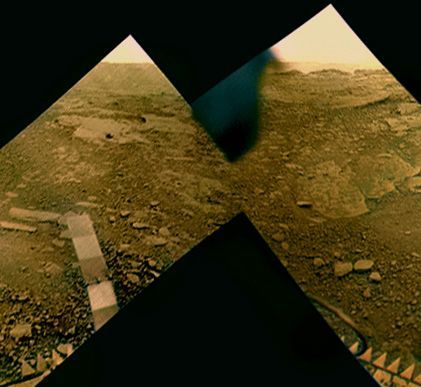
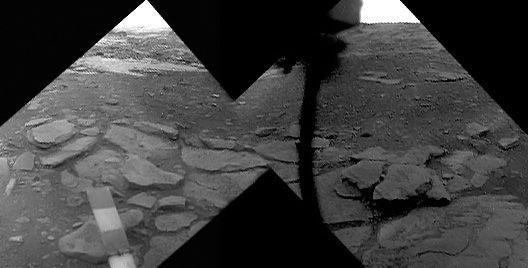
This comment has been removed by a blog administrator.
ReplyDelete